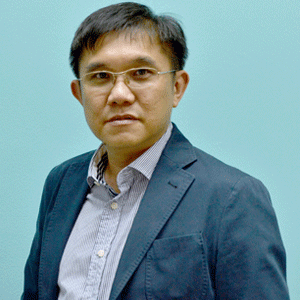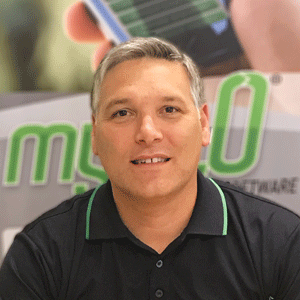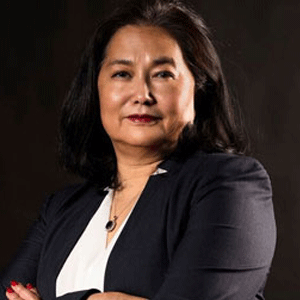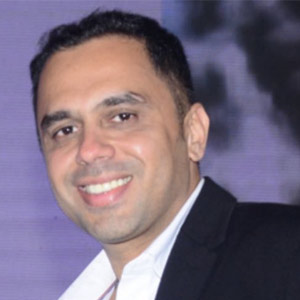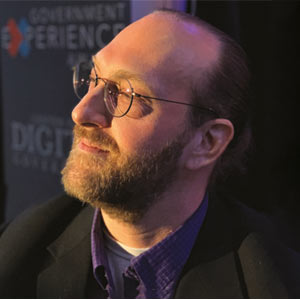THANK YOU FOR SUBSCRIBING
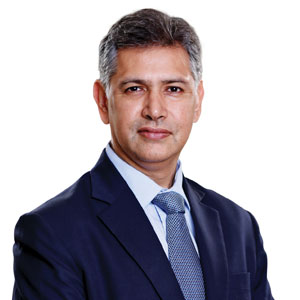
Sumit Puri, CIO, Max Healthcare
Starting his journey at PricewaterhouseCoopers as a management consultant, Sumit Puri has spent over 24 years in the IT services industry spanning across various genres such as financial services, IT/ITES, and healthcare. Currently, as a CIO at Max Healthcare, Puri leads enterprise digital strategy and delivering innovative healthcare technology across business operations of 15 network hospitals of Max in India. Our editorial team was privileged to interview Puri in accordance with the business transformation for field services. Here are his thoughts.
Differences across various technological and business landscapes:
The most prominent differentiating factor in any business has to be the ability to understand the customer needs and challenges that they face in their operational transactions. In today’s hyper connected world, the boundaries between industry sectors have blurred and today’s new age customers are only looking at specific value differentiators which a business can offer them. Customers today expect financial organizations to also guide them on insurance planning for healthcare and educational needs besides managing wealth and financial aspects. The key difference I have seen in healthcare sector compared to financial services is that traditional healthcare has been fairly behind on digital automation and offers much higher potential for innovation and incubation of new operating models with significant direct impact to customers. Healthcare and hospital providers need to start enabling digital payments and offer point of care diagnostics and continuity of care to patients remotely outside hospitals in order to further deepen their bonds with customers.
As leader of technology teams across sectors, I feel it is imperative for IT to view customer needs from an outside in perspective, have a high solution orientation and speak the language of the business. The most valuable lesson is to not only look at theoretical strategical concepts but gain an excellent understanding of what one needs to do operationally to get 'the digital transformation agenda' incorporated in the DNA of the company. In essence, leveraging technology effectively across sectors ultimately boils down to the right amalgamation of people, process and technology with the assigned people having the right skill set and operational metrics to process technology and learn from it progressively.
Digital is not about technology, it’s about transforming business models and processes
Corporate challenges that need immediate attention:
While digitization clearly is a buzzword across organizations, most of the time, digitization is not about IT automation or technology transformation, instead it’s about revamping the existing business processes and business operating models comprehensively. In order to truly benefit from digitized processes, we have to completely reorient ourselves to the way the new business operating model works. The critical imperative is to create an innovation culture within a team, and align the functional teams to critical customer-centric goals by a combination of incentives and dis-incentives. There is a strong need for us to understand what is working well for us and align our goals to find the right balance between innovation and exploitation, which would help us deliver long term customer value. At this point, there is quite a lot of gap in terms of the innovation culture existing in most traditional organizations. The efforts required to change the inherent team culture is not fully understood, and that sometimes leads to execution gaps and does not deliver the true innovation that the consumer wants. The challenge we really have is most traditional functions like Finance, IT, Legal, Marketing etc. operate in a set of silos, often at cross-purposes with each other. It is essential we change the way performance is measured in conventional corporate functional hierarchy with key departments aligned to a common set of organizational goals. All put together, a company needs to craft a coherent vision for the consumers and align its internal teams towards achieving the highest form of customer experience and engagement.
The Bi-model approach
To address customer's needs, IT business analyst teams have to serve as solution architects and be an integral part of the complete product or service life cycle. It is difficult to constantly drive customer value in the short run as usually most traditional organizations have a set of legacy systems which need to be architecturally tied in and integrated with front end web and mobile application systems. Within the last 5-10 years, the average customer is a lot more aware of his choices and is a lot more demanding with very less patience on bureaucratic, archaic integration processes. There are startups offerings plethora of agile solutions and services in niche areas, catering to those specific customer preferences. Customer needs should therefore ideally be assessed on a more holistic basis; and we need to solve long standing integration issues systemically. However, in the world we are living in, there is a fair degree of separation in terms of what companies know about their customer and what their customers ideally want. The need of the hour is a bi-model approach which allows you to continue strengthening your internal foundational systems, discard antiquated legacy systems and effectively delivering user friendly front end web and mobile interfaces with agility which are well aligned to customer preferences. Such initiatives go a long way in driving organizations towards success by delivering significant value on cost, experience or platform based network effects to their customers.
Weekly Brief
I agree We use cookies on this website to enhance your user experience. By clicking any link on this page you are giving your consent for us to set cookies. More info
Read Also
Artificial Intelligence - Myths And Truths
Sustainable Future through Innovative Technology Solutions
The Future Relies on Augmented AI
Digitalization with the use of digital technologies/Improving business through digital technologies
How Marco's Pizza Leaned On Technology To Succeed Amid The Pandemic By Quickly Pivoting To Contact-Free Delivery And Curbside Carryout
Bunnings Diy Digital Transformation
For a Smarter City: Trust the Data, Ignore the Hype
Smart Community Innovation for the Post Pandemic





